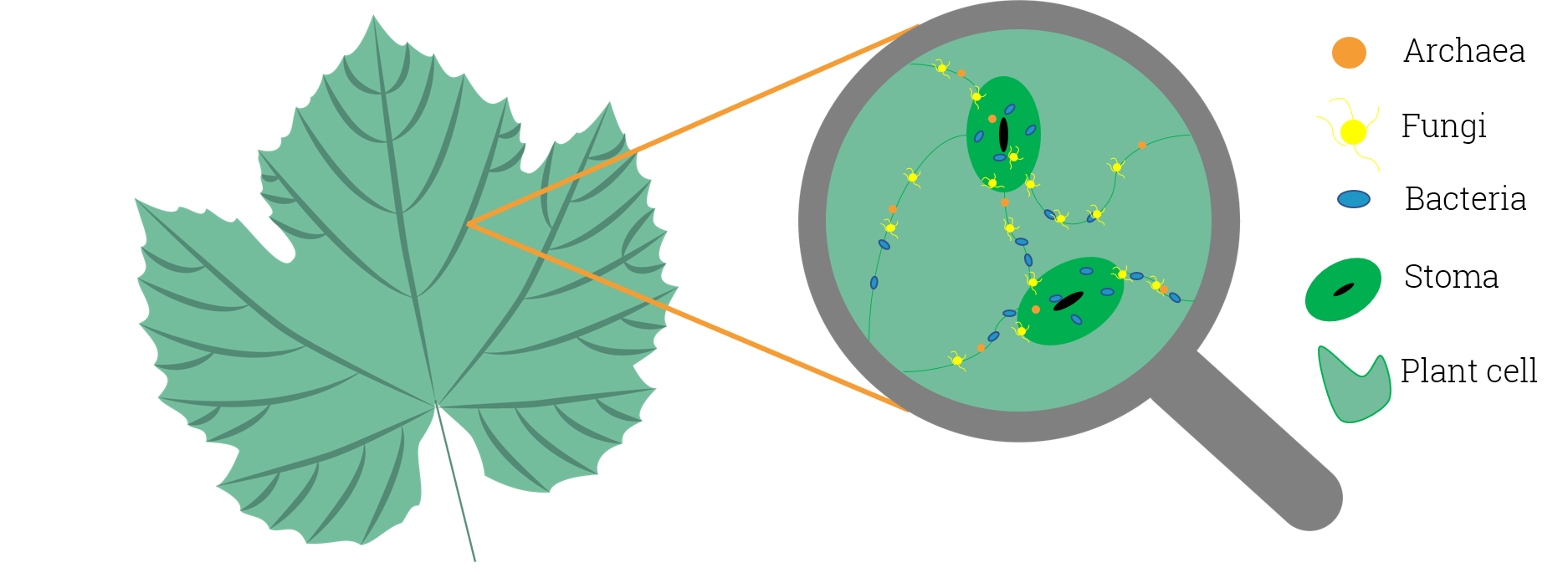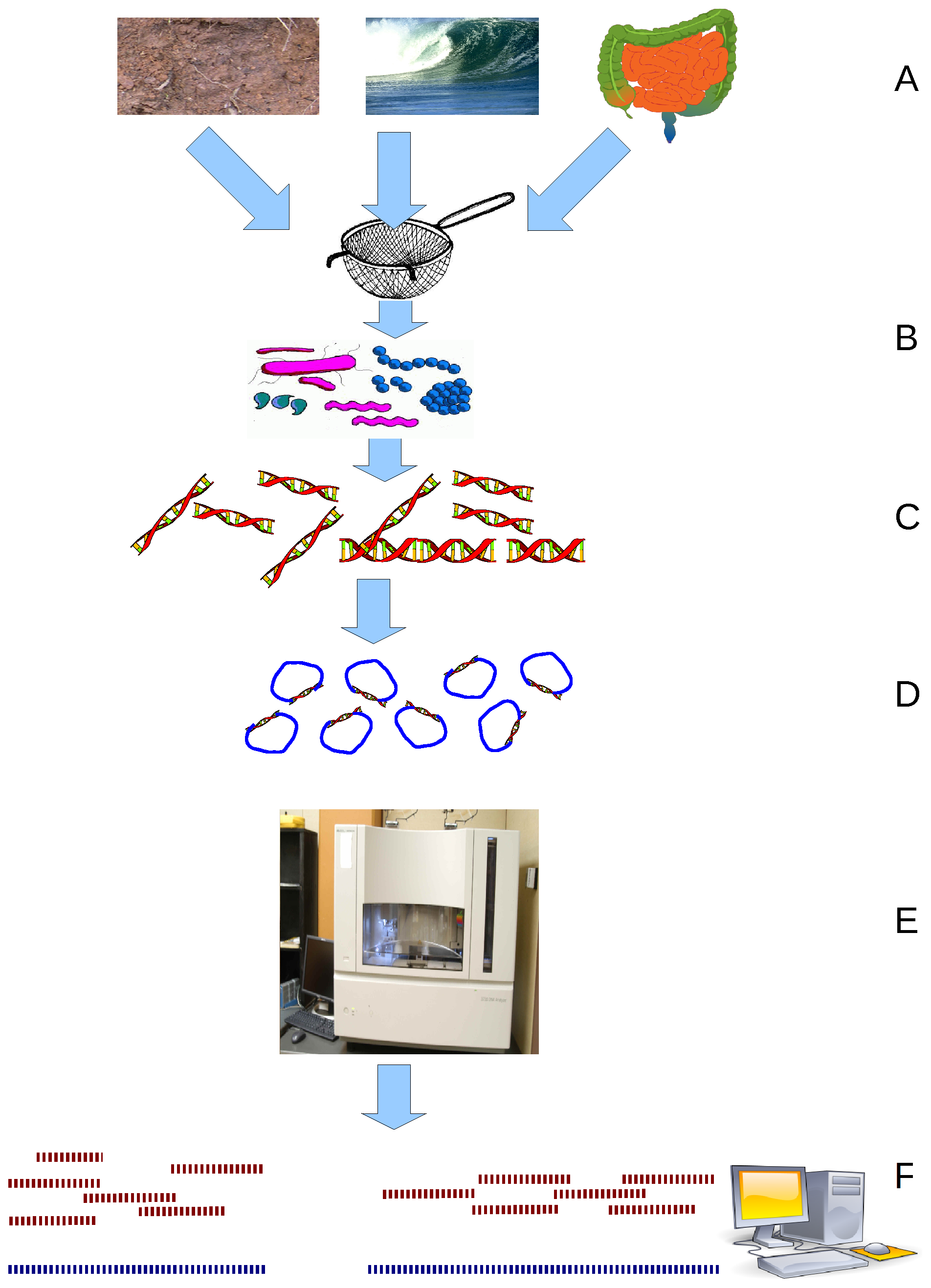|
Aeroplankton
Aeroplankton (or aerial plankton) are tiny lifeforms that float and drift in the air, carried by wind. Most of the living things that make up aeroplankton are very small to microscopic in size, and many can be difficult to identify because of their tiny size. Scientists collect them for study in traps and sweep nets from aircraft, kites or balloons. Aeroplankton is made up mostly of microorganisms, including viruses, about 1,000 different species of bacteria, around 40,000 varieties of fungi, and hundreds of species of protists, algae, mosses, and liverworts that live some part of their life cycle as aeroplankton, often as spores, pollen, and wind-scattered seeds. Additionally, microorganisms are swept into the air from terrestrial dust storms, and an even larger amount of airborne marine microorganisms are propelled high into the atmosphere in sea spray. Aeroplankton deposits hundreds of millions of airborne viruses and tens of millions of bacteria every day on every square me ... [...More Info...] [...Related Items...] OR: [Wikipedia] [Google] [Baidu] |
Sea Spray
Sea spray are aerosol particles formed from the ocean, mostly by ejection into Earth's atmosphere by bursting bubbles at the air-sea interface. Sea spray contains both organic matter and inorganic salts that form sea salt aerosol (SSA). SSA has the ability to form cloud condensation nuclei (CCN) and remove anthropogenic aerosol pollutants from the atmosphere. Coarse sea spray has also been found to inhibit the development of lightning in storm clouds. Sea spray is directly (and indirectly, through SSA) responsible for a significant degree of the heat and moisture fluxes between the atmosphere and the ocean, affecting global climate patterns and tropical storm intensity. Sea spray also influences plant growth and species distribution in coastal ecosystems and increases corrosion of building materials in coastal areas. Generation Formation When wind, whitecaps, and breaking waves mix air into the sea surface, the air regroups to form bubbles, floats to the surface, and ... [...More Info...] [...Related Items...] OR: [Wikipedia] [Google] [Baidu] |
Phyllosphere
In microbiology, the phyllosphere is the total above-ground surface of a plant when viewed as a habitat for microorganisms. The phyllosphere can be further subdivided into the caulosphere (stems), phylloplane (leaves), anthosphere (flowers), and carposphere (fruits). The below-ground microbial habitats (i.e. the thin-volume of soil surrounding root or subterranean stem surfaces) are referred to as the rhizosphere and laimosphere. Most plants host diverse communities of microorganisms including bacteria, fungi, archaea, and protists . Some are beneficial to the plant, others function as plant pathogens and may damage the host plant or even kill it. The phyllosphere microbiome The leaf surface, or phyllosphere, harbours a microbiome comprising diverse communities of bacteria, archaea, fungi, algae and viruses. Microbial colonizers are subjected to diurnal and seasonal fluctuations of heat, moisture, and radiation. In addition, these environmental elements affect plant physiolog ... [...More Info...] [...Related Items...] OR: [Wikipedia] [Google] [Baidu] |
Aerosolisation
Aerosolization is the process or act of converting some physical substance into the form of particles small and light enough to be carried on the air i.e. into an aerosol. Aerosolization refers to a process of intentionally oxidatively converting and suspending particles or a composition in a moving stream of air for the purpose of delivering the oxidized particles or composition to a particular location. The term is often used in medicine to refer specifically to the production of airborne particles (e.g. tiny liquid droplets) containing infectious virus or bacteria. The infectious organism is said to be ''aerosolized''. This can occur when an infected individual coughs, sneezes exhales, or vomits, but can also arise from flushing a toilet, or disturbing dried contaminated feces. Treatment of some respiratory diseases relies on aerosolization of a liquid medication using a nebulizer, which is then breathed in for direct transport to the lungs. In the context of chemical and biolo ... [...More Info...] [...Related Items...] OR: [Wikipedia] [Google] [Baidu] |
Microbial Ecology
Microbial ecology (or environmental microbiology) is the ecology of microorganisms: their relationship with one another and with their environment. It concerns the three major domains of life—Eukaryota, Archaea, and Bacteria—as well as viruses. Microorganisms, by their omnipresence, impact the entire biosphere. Microbial life plays a primary role in regulating biogeochemical systems in virtually all of our planet's environments, including some of the most extreme, from frozen environments and acidic lakes, to hydrothermal vents at the bottom of deepest oceans, and some of the most familiar, such as the human small intestine. As a consequence of the quantitative magnitude of microbial life (calculated as cells; eight orders of magnitude greater than the number of stars in the observable universe) microbes, by virtue of their biomass alone, constitute a significant carbon sink. Aside from carbon fixation, microorganisms' key collective metabolic processes (including nitro ... [...More Info...] [...Related Items...] OR: [Wikipedia] [Google] [Baidu] |
Metatranscriptomics
Metatranscriptomics is the science that studies gene expression of microbes within natural environments, i.e., the metatranscriptome. It also allows to obtain whole gene expression profiling of complex microbial communities. While metagenomics focuses on studying the genomic content and on identifying which microbes are present within a community, metatranscriptomics can be used to study the diversity of the active genes within such community, to quantify their expression levels and to monitor how these levels change in different conditions (e.g., physiological vs. pathological conditions in an organism). The advantage of metatranscriptomics is that it can provide information about differences in the active functions of microbial communities which appear to be the same in terms of microbe composition. Introduction The microbiome has been defined as a microbial community occupying a well-defined habitat. They are ubiquitous and extremely relevant for the maintenance of” the chara ... [...More Info...] [...Related Items...] OR: [Wikipedia] [Google] [Baidu] |
Metagenomics
Metagenomics is the study of genetic material recovered directly from environmental or clinical samples by a method called sequencing. The broad field may also be referred to as environmental genomics, ecogenomics, community genomics or microbiomics. While traditional microbiology and microbial genome sequencing and genomics rely upon cultivated clonal cultures, early environmental gene sequencing cloned specific genes (often the 16S rRNA gene) to produce a profile of diversity in a natural sample. Such work revealed that the vast majority of microbial biodiversity had been missed by cultivation-based methods. Because of its ability to reveal the previously hidden diversity of microscopic life, metagenomics offers a powerful lens for viewing the microbial world that has the potential to revolutionize understanding of the entire living world. As the price of DNA sequencing continues to fall, metagenomics now allows microbial ecology to be investigated at a much greater scale ... [...More Info...] [...Related Items...] OR: [Wikipedia] [Google] [Baidu] |
Metabarcoding
Metabarcoding is the barcoding of DNA/RNA (or eDNA/ eRNA) in a manner that allows for the simultaneous identification of many taxa within the same sample. The main difference between barcoding and metabarcoding is that metabarcoding does not focus on one specific organism, but instead aims to determine species composition within a sample. A barcode consists of a short variable gene region (for example, see different markers/barcodes) which is useful for taxonomic assignment flanked by highly conserved gene regions which can be used for primer design. This idea of general barcoding originated in 2003 from researchers at the University of Guelph. The metabarcoding procedure, like general barcoding, proceeds in order through stages of DNA extraction, PCR amplification, sequencing and data analysis. Different genes are used depending if the aim is to barcode single species or metabarcoding several species. In the latter case, a more universal gene is used. Metabarcoding does ... [...More Info...] [...Related Items...] OR: [Wikipedia] [Google] [Baidu] |
DNA Sequencing
DNA sequencing is the process of determining the nucleic acid sequence – the order of nucleotides in DNA. It includes any method or technology that is used to determine the order of the four bases: adenine, guanine, cytosine, and thymine. The advent of rapid DNA sequencing methods has greatly accelerated biological and medical research and discovery. Knowledge of DNA sequences has become indispensable for basic biological research, DNA Genographic Projects and in numerous applied fields such as medical diagnosis, biotechnology, forensic biology, virology and biological systematics. Comparing healthy and mutated DNA sequences can diagnose different diseases including various cancers, characterize antibody repertoire, and can be used to guide patient treatment. Having a quick way to sequence DNA allows for faster and more individualized medical care to be administered, and for more organisms to be identified and cataloged. The rapid speed of sequencing attained with modern D ... [...More Info...] [...Related Items...] OR: [Wikipedia] [Google] [Baidu] |
CC-BY Icon
A Creative Commons (CC) license is one of several public copyright licenses that enable the free distribution of an otherwise copyrighted "work".A "work" is any creative material made by a person. A painting, a graphic, a book, a song/lyrics to a song, or a photograph of almost anything are all examples of "works". A CC license is used when an author wants to give other people the right to share, use, and build upon a work that the author has created. CC provides an author flexibility (for example, they might choose to allow only non-commercial uses of a given work) and protects the people who use or redistribute an author's work from concerns of copyright infringement as long as they abide by the conditions that are specified in the license by which the author distributes the work. There are several types of Creative Commons licenses. Each license differs by several combinations that condition the terms of distribution. They were initially released on December 16, 2002, by ... [...More Info...] [...Related Items...] OR: [Wikipedia] [Google] [Baidu] |
Samplers Of Airborne Microorganisms 2
Sampler may refer to: * Sampler (signal), a digital signal processing device that converts a continuous signal to a discrete signal * Sampler (needlework), a handstitched piece of embroidery used to demonstrate skill in needlework * Sampler (surname) * A quilt where each block is constructed using a different pattern * Sampler, or hydrocarbon well logging, or mud logger * In sampling (medicine), the instrument used Music * Sampler (musical instrument), a device used to create digital recordings called samples * ''Sampler'' (Cardiacs album), 1995 * ''Sampler'' (Cat Empire EP) * ''Sampler'' (Plumb EP) * Sampler album, a type of compilation album ** ''In Store Jam'', a promotional compilation by Jamiroquai See also * Sample (other) * Sampling (other) Sampling may refer to: *Sampling (signal processing), converting a continuous signal into a discrete signal * Sampling (graphics), converting continuous colors into discrete color components *Sampling (music), the ... [...More Info...] [...Related Items...] OR: [Wikipedia] [Google] [Baidu] |
Misc Pollen Colorized
Misc or MISC may refer to: * Misc (title), a gender neutral title * MISC Berhad, or Malaysia International Shipping Corporation * Minimal instruction set computer, a processor architecture * Moi International Sports Centre, in Kasarani, Kenya * Multisystem inflammatory syndrome in children, a post-infectious disease associated with COVID-19 See also * * * *Miscellaneous {{disambiguation ... [...More Info...] [...Related Items...] OR: [Wikipedia] [Google] [Baidu] |
Nutrient Cycling
A nutrient cycle (or ecological recycling) is the movement and exchange of inorganic and organic matter back into the production of matter. Energy flow is a unidirectional and noncyclic pathway, whereas the movement of mineral nutrients is cyclic. Mineral cycles include the carbon cycle, sulfur cycle, nitrogen cycle, water cycle, phosphorus cycle, oxygen cycle, among others that continually recycle along with other mineral nutrients into productive ecological nutrition. Outline The nutrient cycle is nature's recycling system. All forms of recycling have feedback loops that use energy in the process of putting material resources back into use. Recycling in ecology is regulated to a large extent during the process of decomposition. Ecosystems employ biodiversity in the food webs that recycle natural materials, such as mineral nutrients, which includes water. Recycling in natural systems is one of the many ecosystem services that sustain and contribute to the well-being of human ... [...More Info...] [...Related Items...] OR: [Wikipedia] [Google] [Baidu] |

.jpg)


